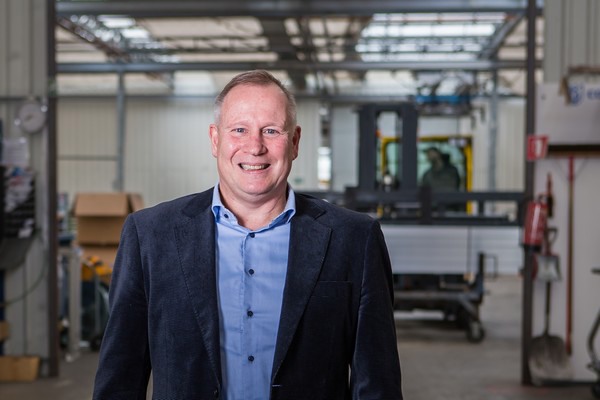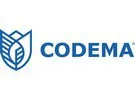Almost four decades, that's how long Danny van den Bosch has worked for Codema. He started as an installation technician just before the rise of substrate cultivation and witnessed the market develop. He has been working as an account manager for water and electrical engineering for years.
Codema's Water Management division is responsible for all aspects of water management. This division, formerly known as B-E De Lier, is active in fertigation, water technology and water storage and management. “We see opportunities in Western Europe, where horticulture is the most advanced, but also in water-deficient areas such as California. And even in traditionally deprived areas that are most affected by food shortages,” says Danny.
Danny van den Bosch, account manager Codema
High-tech
Horticulture is far ahead of the rest of the world in Western European countries. Here you will find high-tech growing environments with advanced, as much as possible closed growing systems where no drop of water has to be lost. “Growers can achieve unprecedented efficiency through underground water storage, automated water management, a mobile gutter system and the latest fertigation techniques.
In Western Europe, but also in certain areas of Canada, for example, there is about 900 liters of rainwater per square meter of greenhouse per year. That is almost enough for cultivation, but it requires a good solution for water storage and cleaning. Storage because the water falls in the fall and winter, while it is needed in the summer. And cleaning because you don't want diseases or fungi in the greenhouse. The rest of the water is replenished with fresh water. This water is of good quality in these areas, because the government or institutions such as water boards purify it.”
Mid-tech
In water-poor areas, water storage is often an important part of the solution. We refer to these regions as "mid-tech", because the market is less familiar with advanced cultivation systems. “For example, in the American state of California, where there is a water shortage every summer. The soil conditions and rainfall determine which solution we choose. Ideally, we use the soil under the greenhouse for water storage. Here we temporarily pump the water into the ground and remove it when necessary, so the grower is faced with much less uncertainty in one fell swoop.
Low-tech
In poorer or more disadvantaged areas, water is much scarcer than in Western Europe, but its use is many times higher. In this "low-tech" environment, little or no use is made of modern horticultural techniques. "In many cases, people still grow in open ground, the nutrition is done by feeling and irrigation takes place by means of sprinkling. With the latter, the majority of the water simply sinks into the ground. In these countries we help growers with practical solutions that improve their yield, such as drippers, and by working together with the growers, we ensure a gradual transfer of knowledge so that we take food production to a higher level."
Exchanging knowledge
“We are growing fast and that also means that new, young people are entering the organization. They do not have my knowledge and experience in the market, but each brings their own specialty. That is why we do everything we can to exchange as much knowledge as possible, which only makes the team, and myself, better. It works the same with customers, we have to grow together. We supply the systems and of course the maintenance that goes with it, but their organization has to work with it. That is why it is so important that we first determine what is needed together.”
For more information:
Codema Systems Group
www.codema.nl
info@codemasystemsgroup.com
